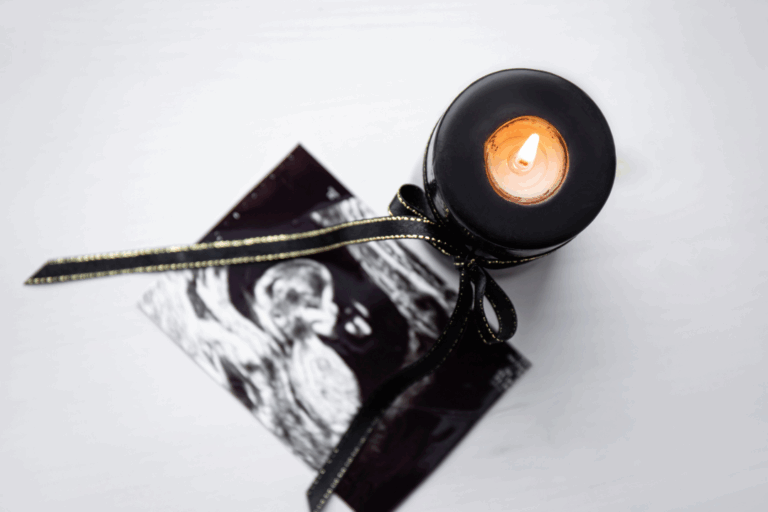A catnapping baby can throw even the calmest of parents off. Before children, catnaps are wonderful little pockets of R&R tucked away between all the busy-ness of everyday life. In fact, catnaps are encouraged in adults to counter afternoon sleepiness and improve our memory and focus. But when your newborn starts catnapping, it’s a completely different story. As parents, we look forward to the stretches of time when our little ones are sleeping to get things done or unwind a bit before a new cycle of change-feed-play-sleep starts.
Let’s explore the possible causes of catnapping and how to stop your baby catnapping during the day.
Baby catnapping: Why does it start?
In the first few weeks of life, most newborn babies experience really long stretches of sleep. In fact, many babies literally sleep from one feed to the next – which can last for up to four hours at a time. But by two to three weeks of age, your baby may start to experience catnaps – only sleeping for 45 minute stretches or worse yet, waking after only 15 minutes of sleep.
While both these situations may appear to constitute ‘catnapping’ they are in fact two very different scenarios and have different mechanisms or reasons:
Catnapping baby explained:
45 minute catnaps
You have just managed to get your little one to sleep and have snuck out of the room for a coffee and a shower. Just as you step into the shower, your little one wakes and calls you back – just 45 minutes from going down. These slightly longer ‘catnaps’ indicate that your baby’s sleep cycles are becoming established. A sleep cycle consists of a transition from drowsy to light sleep, to deep sleep and back to light sleep. Until close to 18 months, the length of time from one light sleep state to the next is around 45 minutes.
The reason for short 45 minutes naps is that as your baby approaches the light sleep/ REM sleep state, they tend to wake up – as opposed to moving back into a deeper state of sleep.
15-20 minute catnaps
Shorter 15-20 minute catnaps are something altogether different and caused by a little jerk in our bodies as we fall asleep. Your baby starts their sleep cycle in the light sleep state. In this state their little eyes will move under the eyelids and they are processing all the sensory information received during the day. As your baby falls deeper into sleep, they experience a sudden small jerk of their muscles, called a hypnagogic startle. Even as adults we experience this jerk but generally sleep through the minor disturbance. Your baby is being woken by this startle as they fall into a deeper sleep state. More sensitive babies tend to be more affected by this startle and thus more likely to be a catnapping baby.
If you are anything like most parents I’ve seen in my practice, understanding why catnapping occurs is quickly followed by wanting to know how to stop their baby catnapping all day.
How to stop infant catnaps
We’ve talked about immature sleep cycles. Depending on how old your baby is, it’s worth ruling out other possible causes for catnapping such as illness, hunger, teething, being too hot or too cold and/or poor sleep habits.
Here are a few tips to curb baby catnapping:
- Establish a flexible routine. We know that everyday isn’t always exactly the same. Using an app like Parent Sense will help you to know your little one’s ideal awake times and prompt you for when it’s time for a nap. This can help prevent overtiredness, a leading cause of baby catnapping.
- Watch for your baby’s cues. If your little one is yawning, rubbing their eyes or disengaging it’s time to halt the stimulation and get them ready for a sleep.
- A great tip to curb catnapping is to swaddle your baby as this contains the little jerk so your baby’s sleep is not disrupted by it.
- When your baby niggles in their sleep, don’t rush to settle them. Give your little one a few moments to settle themselves – they may even fall asleep again.
- If your baby consistently wakes after 15 minutes, sit with your hand on your baby after settling in the crib. When the little jerk disrupts sleep, keep the pressure of your hand on your baby to help them settle into the deep sleep state.
- Most babies will eventually grow out of catnapping as they learn to self soothe thereby linking sleep cycles. As they grow, their sleep stretches because of eating and moving more. It is also a good idea to start establishing a flexible sleep schedule as the basis for healthy sleep habits.
- If you’ve tried resettling your little one for longer than 15 minutes, it’s not going to happen. Move on with your routine until it’s time for the next nap.
- If your little one wakes frequently and is inconsolable, it’s worth ruling out a medical concern like colic or reflux, with your paediatrician.
Sensory strategies to prevent baby catnaps
In addition to using tools like Parent Sense to establish good habits, there are also sensory strategies you can use to help your baby sleep better and for longer stretches of time.
Melatonin & light
Deep in our brains is a tiny gland called the Pineal gland that controls the release of our sleep hormone: Melatonin. Melatonin is released to a sensory trigger in the visual system or in other words, in the absence of light. Keeping that in mind, here are some tips to encourage the release of Melatonin:
- Ensure the room is dark using block out curtains or blinds.
- Use a light dimmer, especially for night feeds, to ensure that melatonin release is not disrupted.
- Don’t watch TV or use screens before bedtime. The blue light disrupts the release of Melatonin.
- Don’t use a night-light for babies under 18 months of age – they don’t have fears or nightmares when so little and therefore don’t need a night light.
Movement and sleep
Our vestibular system registers head movement and our muscles and joints register muscle movement. Both forms of sensory input are associated with improved sleep – it’s the reason we all sleep better after a challenging hike or a day of activity. With this in mind, make sure your baby gets enough movement during the day to sleep well at night:
- Limit sedentary activities like TV watching.
- Ensure at least 10 minutes of strong vestibular input in the late afternoon, such as swinging, or going for a walk in the pram / stroller or sling.
- Let your little one actively explore the world in a play park or garden each day.
Sensory comfort objects
We have more touch receptors around our mouth than anywhere else on our bodies and we use these touch receptors to self-soothe. Provide opportunities for your baby to self soothe with touch:
- Dummies / pacifiers are wonderful – preferably stick with orthodontic teats.
- A doodoo comfort object such as a satin eared bunny or a soft teddy has wonderful touch elements for soothing.
Bedtime sensory strategies
A bedtime routine with predictable soothing sensory experiences is one of the best ways to encourage your little one to settle to sleep without a fight.
- Start with a warm bath one hour before bed.
- Use scented bath products, such as lavender and chamomile oils and washes.
- Warm your little one’s towel so that the change in temperature doesn’t startle them.
- A gentle soothing massage is a key part of a good bedtime routine.
- Play soft music and lullabies in the nursery just before bed.
Sensory input that encourages deep sleep
Once your little one is old enough to sleep through the night without needing a feed you can use soothing sensory input to keep them in a deeper state of sleep, which will also help to prevent baby cat naps during the day:
- Play white noise at 50 decibels or lower to block out other sounds and keep babies (and adults) asleep.
- Deep pressure of a mom’s hand or a weighted blanket helps little ones to sleep better. Only use a weighted blanket under supervision of an OT and if your baby is sleeping on their back.
- Vibration can help little ones to sleep better – there are numerous devices available to create a gentle vibrating movement in the cot that can enhance sleep.
Remember that baby catnapping is often biological and a normal stage that many babies go through and as they say – this too shall pass. Hang in there moms and dads, take a break when you can and don’t forget to ask for help. Download the Parent Sense app for personalised advice about your baby’s routine, sleep advice, tips and courses.




